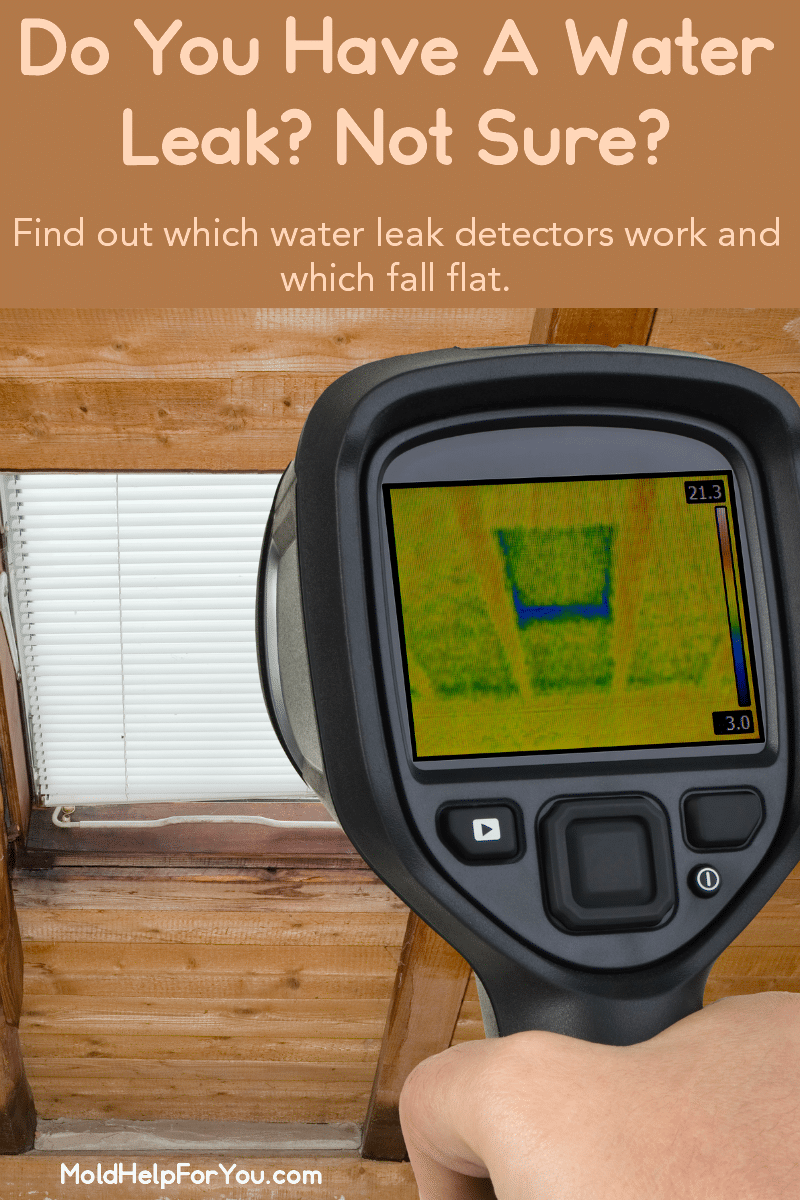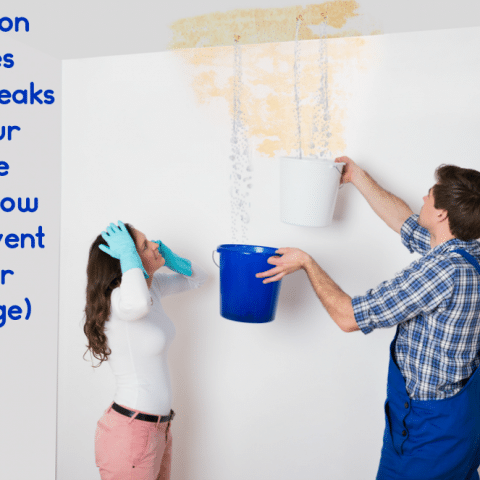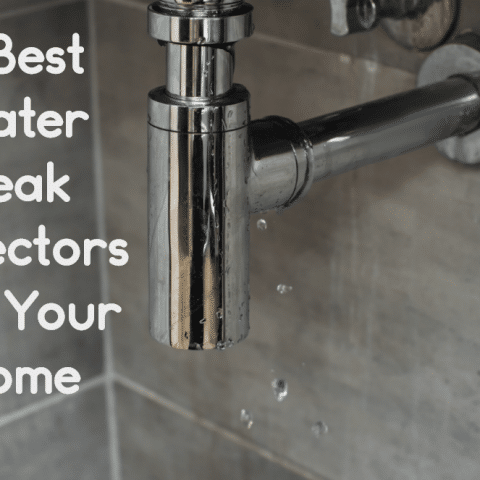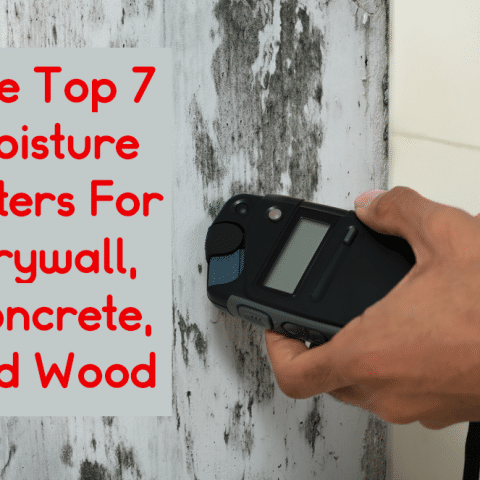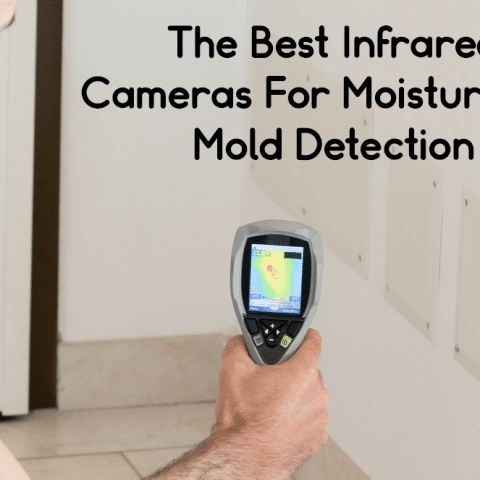Water is an ever-present fact of life. Households use and dispose of hundred of gallons of tap water on a daily basis. Rainwater and melting snow must be successfully shed by the roof and walls. Groundwater must be able to travel through the soil beneath a building’s foundation. Humidity levels are controlled indoors for maximum comfort. A building itself absorbs and releases moisture in the form of condensation and water vapor.
A well-maintained, well-built home will likely see very few leaks during its lifetime. But really, no building is completely immune to leaks. Uncontrolled water in the form of leaks or floods in our home can cause major damage structurally, to the contents of the building, and financially. Mold growth, rotting wood, and structural damage are often the byproduct of water intrusion.
This is why knowing why leaks happen, where leaks happen, hidden sources of moisture, and how to find leaks is crucial both as a homeowner but also as a landlord. While it would be nice if all tenants kept a close eye on the potential for leaks, it is really the landlord’s responsibility to make sure the building is well maintained.
Don’t every assume that you will catch a leak quickly. In fact, every leak or water intrusion I have experienced has been VERY sneaky. Had I not been doing my regular home inspection for leaks, these leaks would probably have gotten away from me and done more damage than they did. Leak prevention and early detection is key.
Read on for more information about leak detection and moisture intrusion or click a heading below to jump straight to that section.
Where Do Leaks Happen?
There is literally no part of any building that is immune to leaks. Every square inch of a home has the potential to invite water in. Obviously a flood or severe storm can invite water into a home in the most destructive of ways, but what about the more common causes of leaks? Where are you likely to find those?
The Most Common Areas Where Leaks Happen
- From the roof after roofing materials wear out, break, blow off, or otherwise fail
- Windows and doors where the flashing or seals have become worn out or damaged
- From a water damaged foundation with settling cracks
- In a basement where there is either no sump pump or the sump pump has failed
- Under all sink areas in a home
- Around all sink areas in a home
- At the dishwasher hookup
- At the washing machine hookup
- Behind a refrigerator with a water line and ice maker
- Around toilets
- At or behind a shower or bathtub
- Around or above the water heater
- At the HVAC unit
This is by no means an exhaustive list of where leaks happen. But these are the most common areas and sadly, the most overlooked and under maintained.
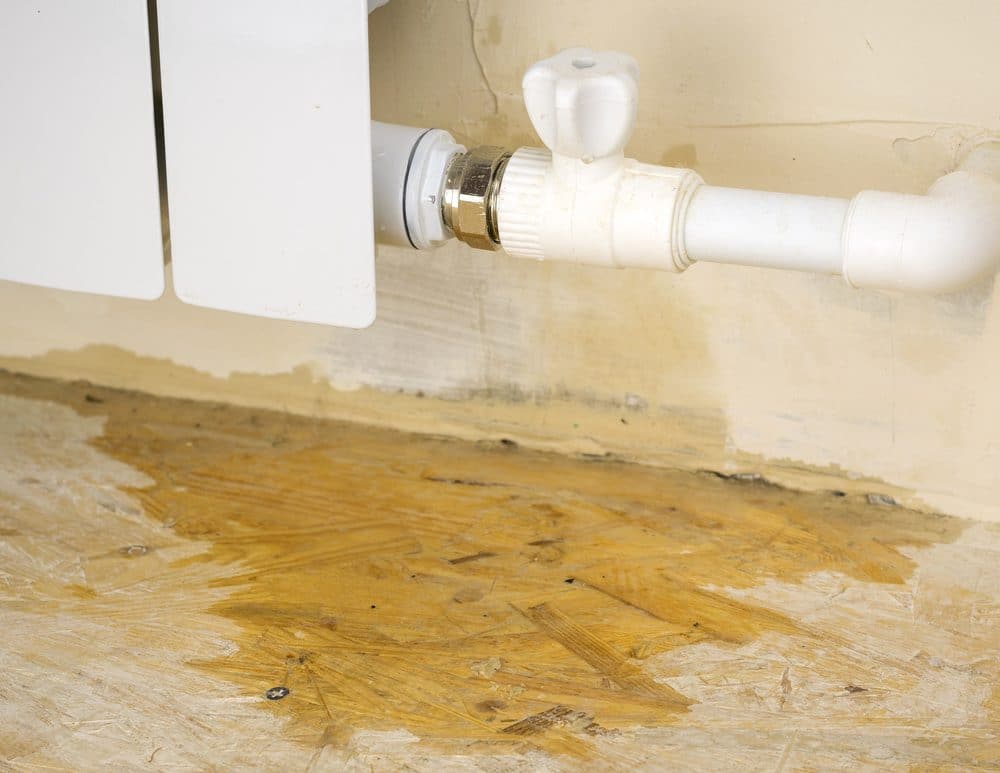
Hidden Leaks & Hidden Sources Of Moisture
There are an incredible number of ways that moisture can sneak into a building. While I won’t go in depth on these hidden leaks and hidden sources of moisture here (you can read the posts linked below in my library of leak articles for in-depth information), I will share the top sources of moisture you likely are unaware of.
- Roof gutters and downspouts
- Ice dams along the eaves
- Soffits
- Fascia boards
- Weep holes in walls
- Landscape grades
- Sprinklers
- Landscaping (plants and trees)
- Misdirected rainwater
- Beneath and behind the oven
- Exhaust fans and filters
- Water softeners or water filtration systems
- Gas heating systems
- Attic vents
- Chimneys
How To Find Leaks
Most people become aware of leaks one of three ways.
- Water bill is suddenly higher
- The indoor humidity levels rise and/or there is condensation forming on windows
- There is visible water
So what do you do if you know you have a leak but aren’t sure where it originates OR you suspect a leak but have no clue where to look for it?
First, try your best to perform a visual inspection. Look down and look up. Look side to side. Don’t assume that because there is a small leak under the bathroom sink that the problem is isolated there. Pipes run on top of ceilings and underneath floors so always inspect the entire area around the suspected leak or where you suspect a leak to be. Look for any abnormality on walls, ceilings, and floors. Water staining is an obvious sign of a leak as is bubbling paint or wallpaper.
If you don’t SEE anything, try LISTENING. Press your ear up against walls where you know there is plumbing. Often times you can hear a dripping sound.
Can’t see or hear a leak? No worries! There are two effective and accurate tools that can help you find a leak without having to resort to opening up walls and ceilings.
Moisture Meter
When you place a moisture meter on a wall it measures the moisture content in the walls. If you have a slow leak that is not visible but may be causing a moisture problem behind the wall, the moisture reader should pick it up. This will give you a very specific area to focus on.
You can learn more about the best moisture meters here.
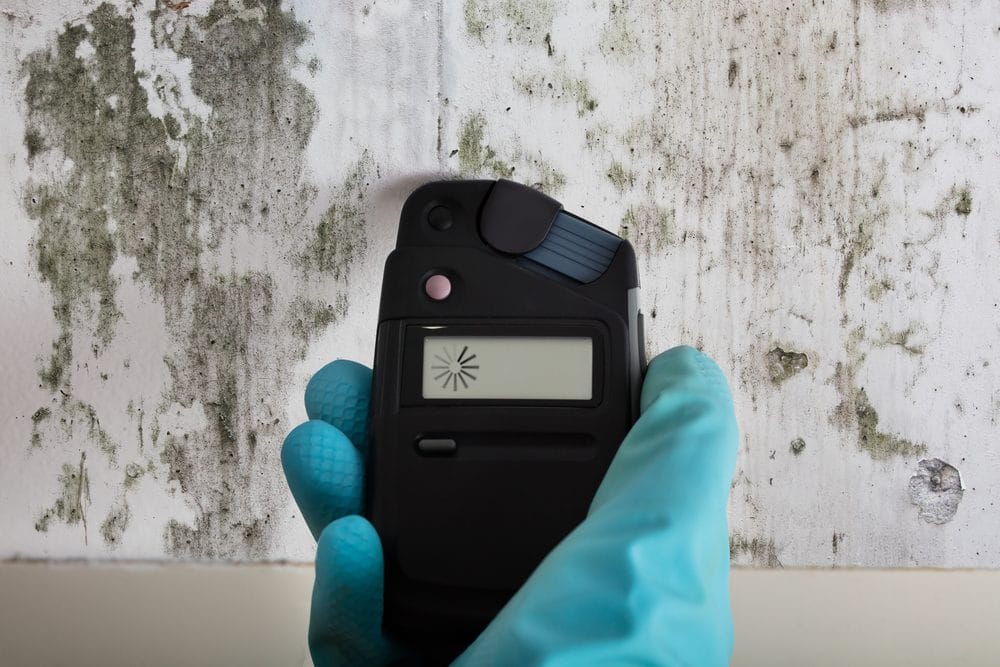
Infrared Cameras / Thermoimaging
Infrared cameras can pick up variations in temperature. Frequently water or moisture will create hot or cold zones in a wall, floor, or ceiling. Again, this helps you know which area to focus on.
You can learn more about the Thermal Imaging Cameras I recommend here.
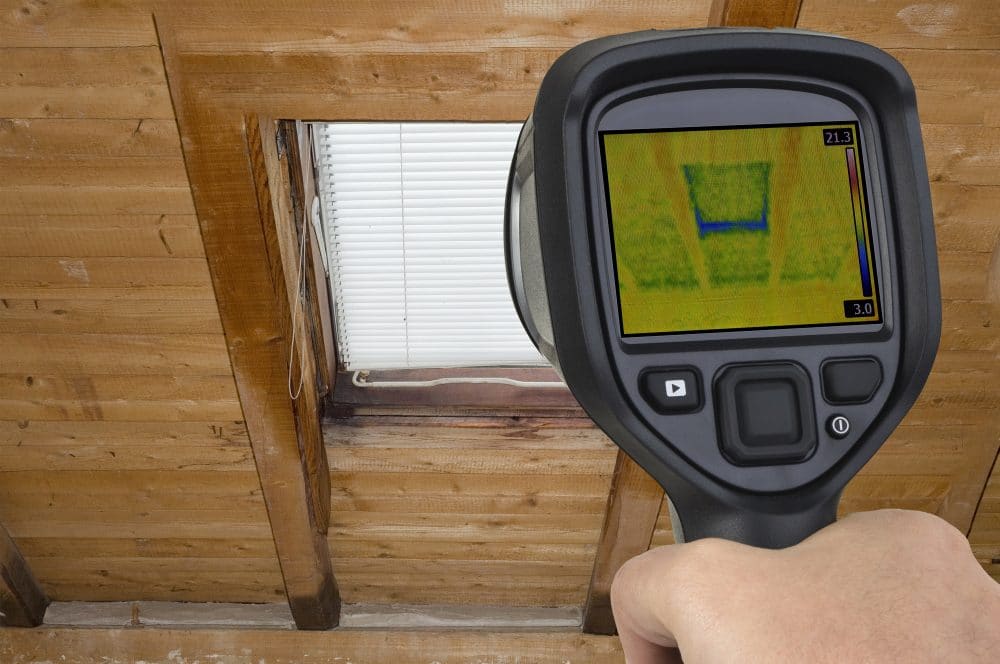
Once you know the area the leak is originating from, you can decide how you need to deal with it.
Is There A Way To Be Alerted About A Leak Right When It Happens?
Yes, there is! This won’t work for leaks behind walls but it will work for leaks in any areas you have access to. Drumroll please…
Leak Alarms and Moisture Detectors
A leak alarm is a small battery operated device that can be placed anywhere a leak may occur. Most of these devices have sensors that are activated in a mere 1/16th of an inch of water. This is great because it helps catch leaks literally right when they happen. Once the sensor picks up the water an audible alarm sounds. Some of the higher end leak alarms have wi-fi and Bluetooth capabilities which can give you piece of mind when you are not at home or on a vacation.
A moisture detector is different from a leak alarm in that it is typically tied into an exhaust fan or dehumidifier. When the moisture content in the air gets above a certain level, the exhaust fan or dehumidifier is activated. While it doesn’t necessarily alert you to leak right away, if you notice it kicking on more than usual, it might be worth exploring why you have elevated moisture in the air.
Check out the Leak Alarms I use in my own house.
Leak Stopper Devices
More and more new homes are coming equipped with leak stopper devices. Typically these devices are installed on the main plumbing line as well as under sinks or on water filtration systems.
In short, these leak stopper devices are sensor-laden water-shutoff valves that are designed to detect up to four kinds of leaks: drip leaks, pinhole leaks, frozen-pipe leaks, and burst-pipe leaks. Once a leak is detected it shuts off the water supply.
Not every device can detect all of these types of leaks. There are also a whole host of ways that these devices work. But in short, they are worth having because they immediately stop the flow of water as soon as a leak is detected.
Ready To Learn All You Need To Know About Finding and Preventing Leaks? Check Out These Posts.
Let's Find and Prevent Leaks!
Common Places Water Leaks In Your Home (And How To Prevent Water Damage)
Are you wondering "how can I protect my house from water damage?" Let's discover how to find a water leak, the types of leaks, and how to prevent leaks.
7 Best Water Leak Detectors
Are you a homeowner who wants to prevent leaks? Learn more about the 5 best water leak detectors (aka water leak alarms) including where to put them.
The Top 7 Moisture Meters For Drywall, Concrete, and Wood
What you need to know about the best moisture meters for drywall, concrete & wood. Learn what moisture meter readings are normal & how to use a moisture meter.
The Best Thermal Imaging Camera For Moisture and Mold Detection
Thermography camera, infrared camera, thermal camera… are these the same thing? What are the best thermal imaging cameras and can they detect mold?
Pin This Page For Later
